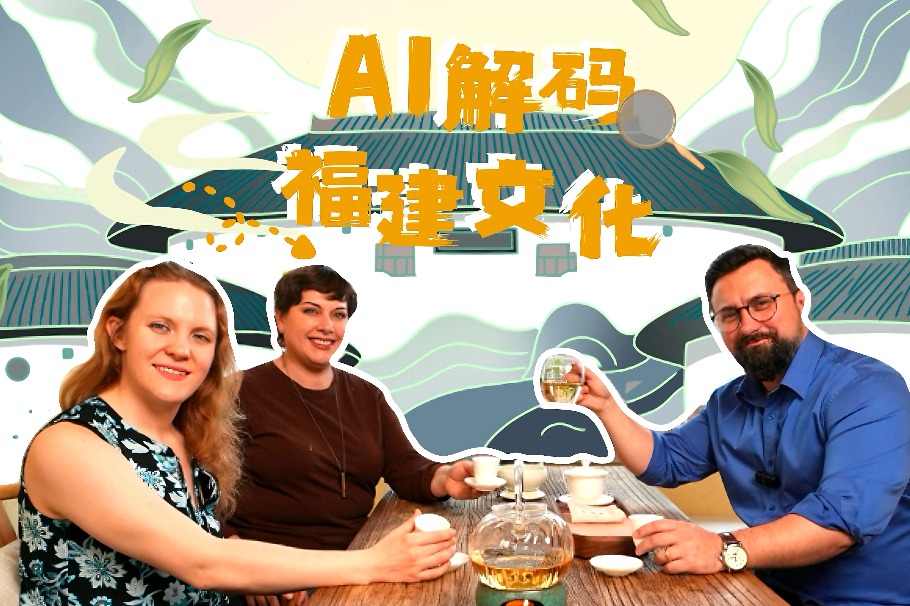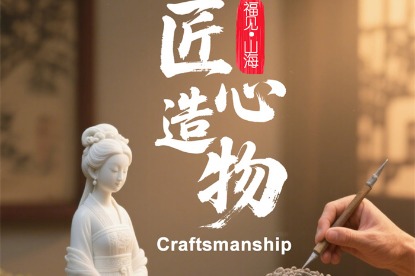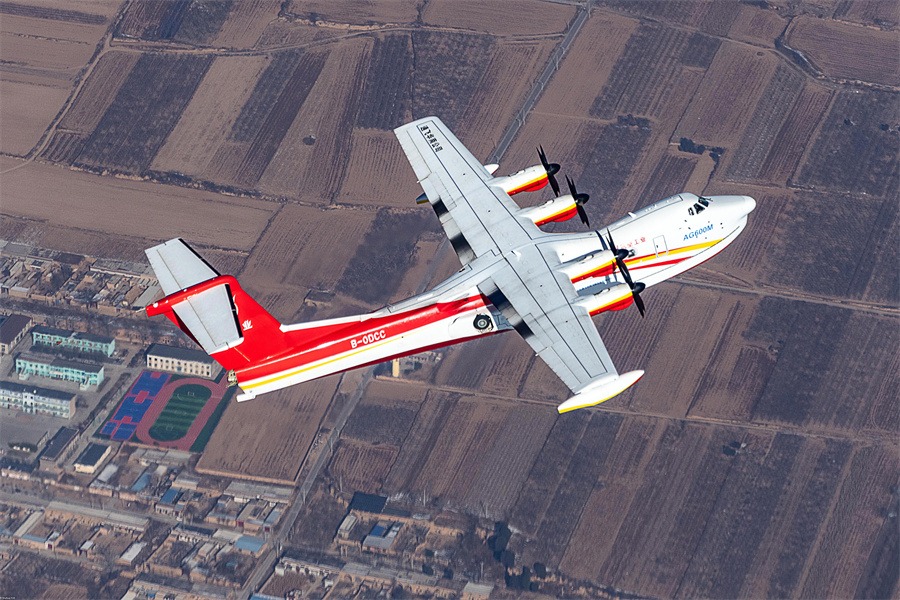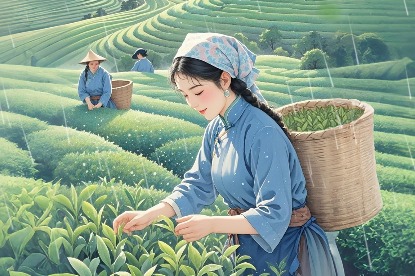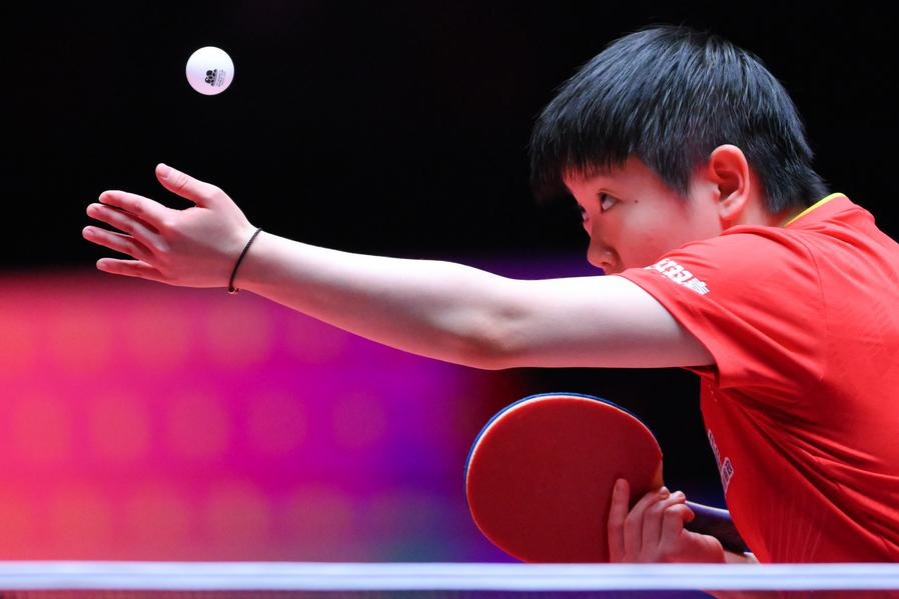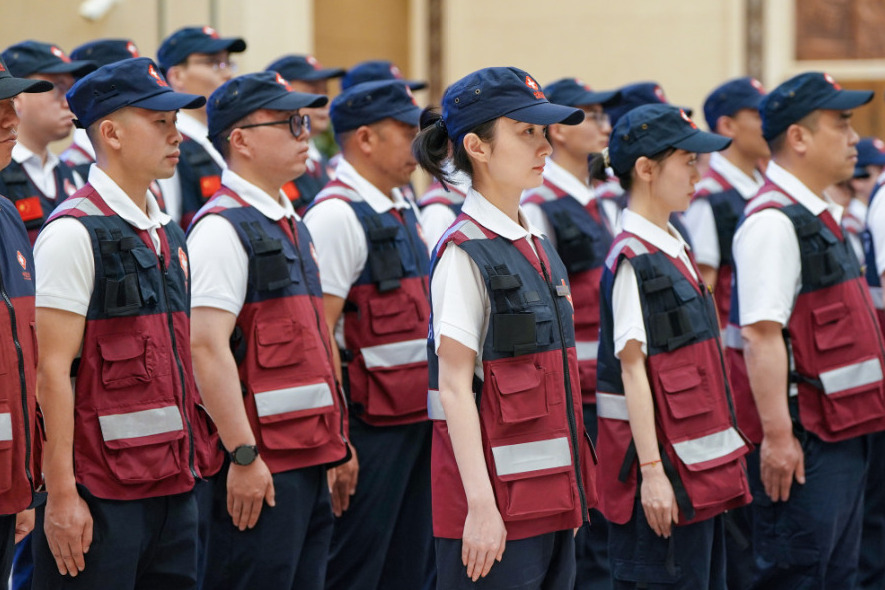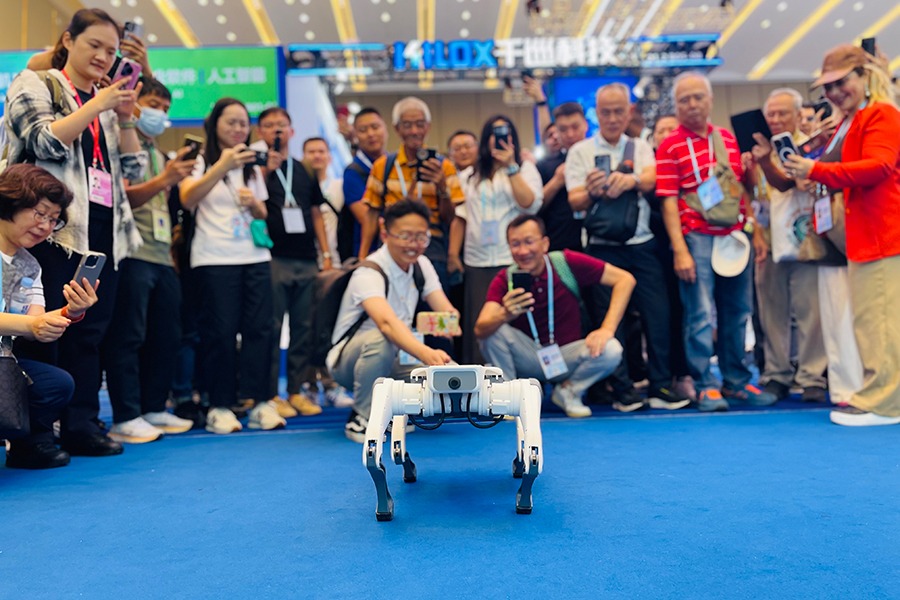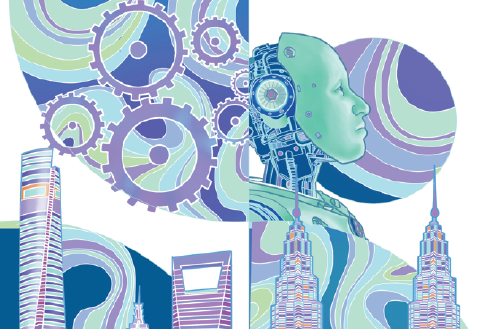Hardwired for harmony

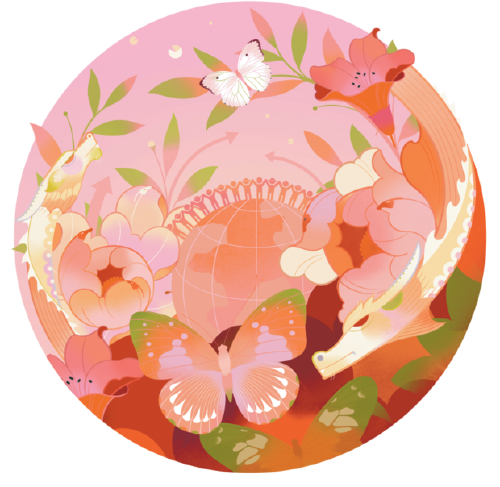
Commitment to peace, equality and order is carried in the genes of Chinese civilization
Changes of the world and of historical significance are unfolding like never before.Humanity is experiencing a period of turbulence and transformation, facing mounting deficits in four areas — peace, development, security and governance.
To tackle these common challenges and create a brighter future for humanity, China advocates an equal and orderly multipolar world and universally inclusive and beneficial economic globalization, a vision inspired by the profound wisdom and the sense of responsibility of a 5,000-year-old civilization.
According to the Chinese zodiac, this year is the Year of the Dragon, called loong in Chinese, a legendary creature viewed as the symbol of China.The great reverence Chinese people have for this mythical animal is significant. The origin of the veneration of loong can be traced back to the late Neolithic period. There have been many explanations regarding the prototype of loong, including the hypotheses of crocodile, whale, lizard, horse, bear and snake.
But no matter what the origin of loong is, it is widely believed that the mythical creature became a composite combining the features of various totems, and is thus a representation of the evolution and integration of different tribes.
Ancient China was a typical agricultural country where farming was of prime importance for the population. The timing of sowing seeds determined crop harvests to a large extent. But ancient people did not know the reasons behind climate patterns due to their limited knowledge.
Through practice, people gradually found that some bird species, such as wild geese, flew south and returned north around the same times every year. They also noticed that snakes hibernated in caves in winter and emerged again in spring, fishes started swimming in rivers during a certain period of a year, and other animals also appeared at certain times.
Based on their observations of animals' regular seasonal movements, ancient Chinese people invented an agricultural calender and the 24 solar terms, which helped them plant and harvest crops at the right time, thereby remarkably increasing the yield of crops.This calendar is also known as the "phenological calendar".
The animals which helped people achieve bumper harvests were therefore called "seasonal animals" (such as migratory birds) and were worshipped as totems by tribes.The increasingly closer interactions among different tribes and their rising needs to tackle shared challenges from outside catalyzed the union of different tribes.
To facilitate the fusion of tribes and consolidate political unity, a new totem that combined the features of the totems of individual tribes were thus created, which is loong as we know it today -fish scales, eagle claws, the head of a camel, deer antlers and the tail of a lizard.
Although the merging of tribes or clans was to varying degrees driven by military subjugation, the creation of loong as a totem reveals the peaceful side of tribal fusions — it is unlikely that the totem of a vanquished tribe would be integrated into that of the conqueror if the former was subdued by force. A logical explanation is that the merging of tribes was in some cases realized through peaceful negotiations accommodating the interests of all parties.
Ancient people were more vulnerable to threats from nature, so different tribes joining forces could help them tackle the challenges that any single one could not overcome and created opportunities for mutually beneficial cooperation. The invention of loong as a totem, on one hand, covered a larger population and vaster lands, and, on the other hand, symbolized reduced uncertainties and lowered costs of trade among peoples through forming a unified system of rules and standards, thereby improving the well-being of the population as a whole.
The genes of peace, equality and order carried by the Chinese civilization are perfectly embodied in the form of loong.Throughout the evolution of the Chinese civilization, these attributes of the totem of loong have always been the mainstream, standing in a sharp contrast to traditional Western ideology.
Confucius said: "The man of virtue, wishing to be established himself, seeks also to establish others." By saying that, he pointed out that one needs to help others succeed if he wants to achieve success himself, and that one will only develop himself when he grows hand in hand with others. Based on Confucius' thought, Zhao Tingyang, a Chinese philosopher and an academic member of the Chinese Academy of Social Sciences proposed the idea of "Confucian improvement", an upgraded version of the "Pareto improvement" in Western economics and social science.
"Pareto improvement" is an improvement to a society that "makes at least one person better off without making anyone worse off". It is a desirable target in economics due to the obvious reason that someone gains while no one loses."Pareto efficiency" refers to the optimal state where it is impossible to make one individual better off without making at least one other person worse off.
However, "someone gains" does not equate to "others also benefit from it". "Confucian improvement", which aims for the development of every member in a society, pursues a higher-level goal compared with "Pareto improvement". In this sense, "Confucian improvement" embodies the philosophy of Chinese civilization in political, economic and cultural development.
Today, China advocates for democracy in international relations and calls for the building an open world economy and a global governance system featuring extensive consultations and joint contribution for shared benefits. The country's commitment to promoting exchanges among civilizations and building a human community with a shared future is thus a continuation of the spirit embodied in loong as well as the idea of "Confucian improvement".
The author is an academic member of the Chinese Academy of Social Sciences, director of the Institute of World Economics and Politics at the CASS and chief expert of the National Institute for Global Strategy at the CASS. The author contributed this article to China Watch, a think tank powered by China Daily.
The views do not necessarily reflect those of China Daily.
Contact the editor at editor@chinawatch.cn.
















